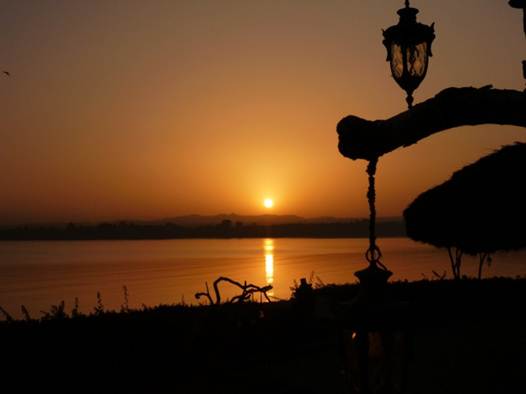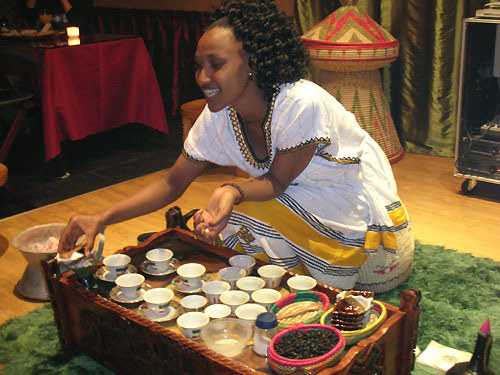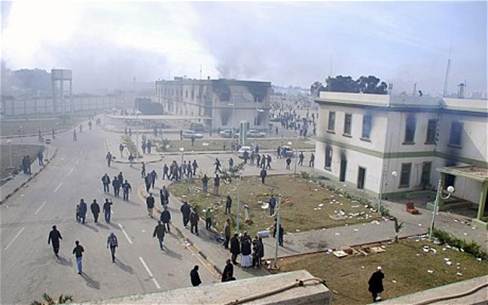Love
There is a lot to love about Ethiopia but do
not expect it to be love at first sight. It is not a country for the
faint-hearted, although I’d most certainly be able to escape to the fabulous
Kuriftu Resort & Spa for a week or so. (I still pine for my room’s balcony
and am determined to have one just like it one day.) The resort is on Lake
Tana, the source of the Blue Nile, in Bahir Dar, 550km northwest of Addis
Ababa. A domestic Ethiopian Airways flight will have you there in a couple of
hours.

Sunrise
over Lake Tana
Bahir Dar offers a lot to explore, including a
large market, but without the hustle and bustle of Addis. It is also where
Emperor Selassie had his summer palace on Bezawit Hill. The word ‘palace’ is
misleading as there is nothing ostentatious about it, just the basic comforts.
It has stood unchanged since his death in 1975, resembling a 1970s time capsule
that had me itching to linch every glass ornament and psychedelic floor tile.
As a rule, it is not open to the public but our group was allowed inside,
making us one of few non-government groups to be afforded this privilege. Even
though none of us is an Ethiopian history expert, the solitary caretaker and
the spotless, unchanged interior speak of pride and reverence.

A
traditional Ethiopian coffee ceremony
If history isn’t your thing, there is always
the coffee. A traditional Ethiopian coffee ceremony takes two to three hours
and we were treated to one wheever we went, or at least, we were served the
coffee that took two to three hours to prepare. The brew is black and strong
and is drunk with sugar, if you must, but no milk. The Ricoffy lovers in our
group began suffering severe withdrawal symptoms on the second day and even I,
who has a three-Vida-before-10am habit, began to suspect that I’d met my match.
Coffee is served with popcorn, the salty butteriness of which is said to bring
out the coffee’s flavour but I must confess that I never put it to the test.

six
million people and no discernible street plan
I cannot lie: there is much about travelling
around Ethiopia that can drive you crazy. The heat, the flies, the dust, your
unhappy tummy, the constant haggling and bartering, the street hustlers, the
confusion of Addis with its six million people and no discernible street plan.
But just when you think that you cannot take it any more, your guide somehow
makes it all go away when he says with quite certainty: ‘In one month the rain
will come and bless the land.’
Tips
1. Velcro is the word.
Security is strict at all airports and you will
take off your shoes, belt and jewellery ar least twice before each flight.
2. Drink water.
I went through five to six 600ml bottles a
day. Having a bottle with a built-in filter will make things easier too. Also
pack comfortable shoes, a hat and sunscreen. You will walk. In the sun.
3. Addis Ababa is really overwhelming.
It is sprawling and street names are few and
far between, so don’t even try and make your own way. Taxis charge foreingers
tourist prices, which quickly add up. Make a list of places you want to visit
and rather negotiate to hire one for the day or even book a city tour.
4. Addis Mercato is the biggest open-air market in Africa.
At 114 hectares, it is worth a visit. Bright
and noisy, this is where the locals shop, which means you’ll find spices and
other foodstuffs, but the language is a problem.
I wouldn’t go alone; we encountered a few
groups of teenage boys who seemingly take tourists for ATMs. Even so, Ethiopia
has very little crime and is perfectly safe. Mercato also has an ‘arts and
crafts’ section that sells cloth, jewellery, traditional musical instruments
and the like.
5. The market in Shiromeda
Near the Addis Ababa University is a good and
less chaotic place to find hand-woven scarves and traditional clothing. Look
out for the Former Women Fuel Wood Carriers Association shop. It is run by
women who have been taught to weave, giving them a better life than they had as
fuel wood carries; the women who trudge along the roadside with heavy bundles
of wood on their backs.
6. Don’t buy coffee
At one of Addis’s coffee shops, to take back
home. Coffee is heavy and you will find the same coffee at the duty-free shops
when you leave. But do commandeer one of the city’s blue taxis and visit
To.Mo.Ca. Coffee House that has been a fixture with locals – no lattes and
muffins there – since 1953.
7. It is possible to visit Ethiopia independently
And travel its 1.14 million square kilometres
with local transport but you’ll need time, and perfect timing, as roads are
often washed away during the rainy season (June to September).
8. South African passport holders need visas (R130)
And a yellow fever vaccination and card
(R460). You’ll find full details at ethiopia.org.za. you cannot get birr in
South Africa; you’ll need US dollars that are easy to exchange once you arrive.